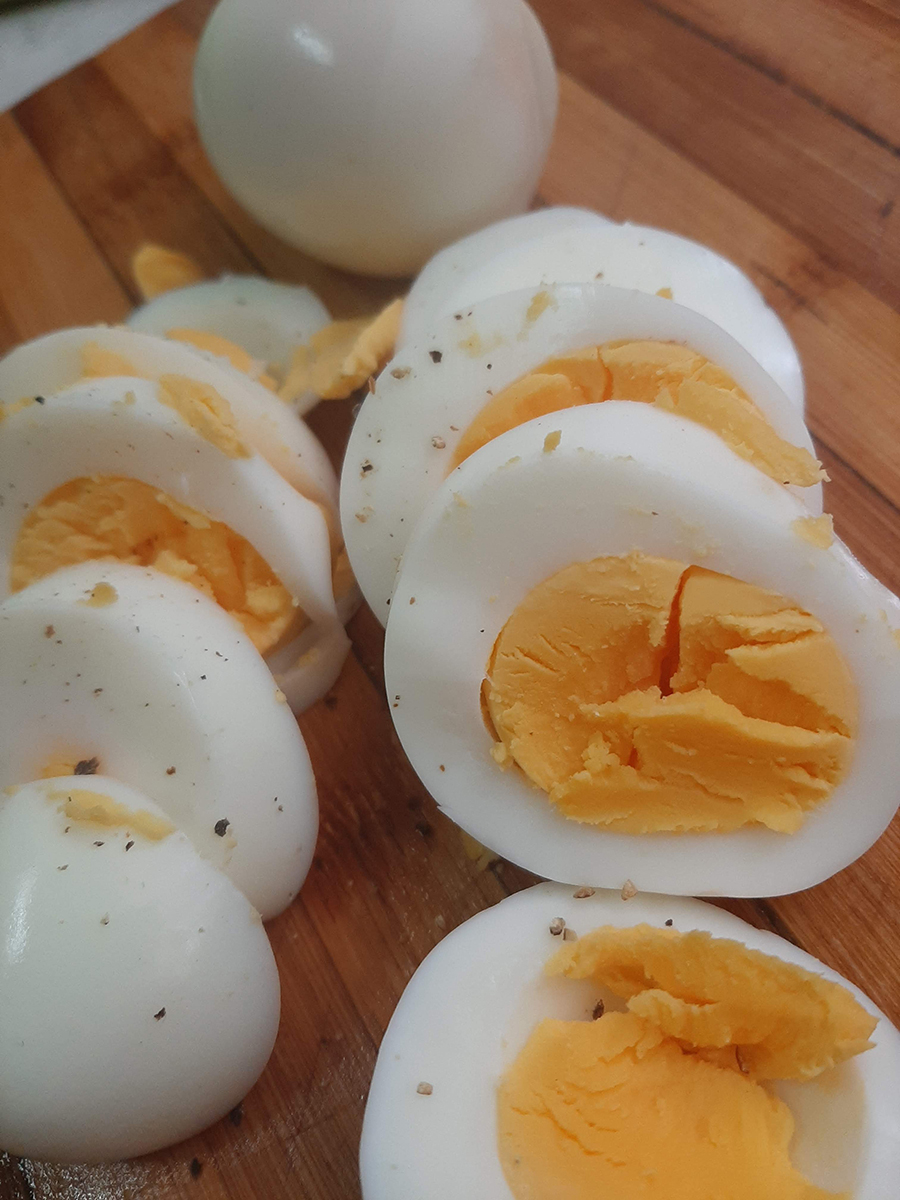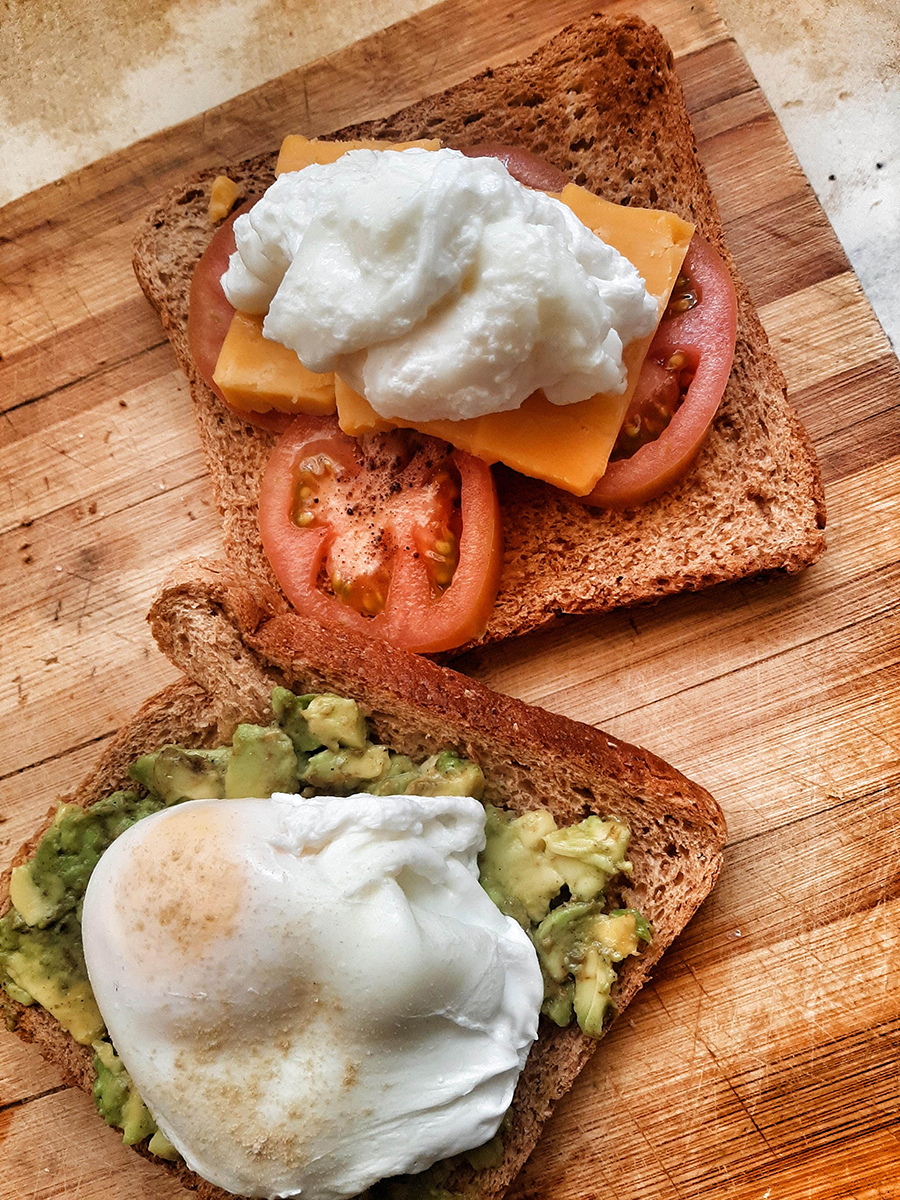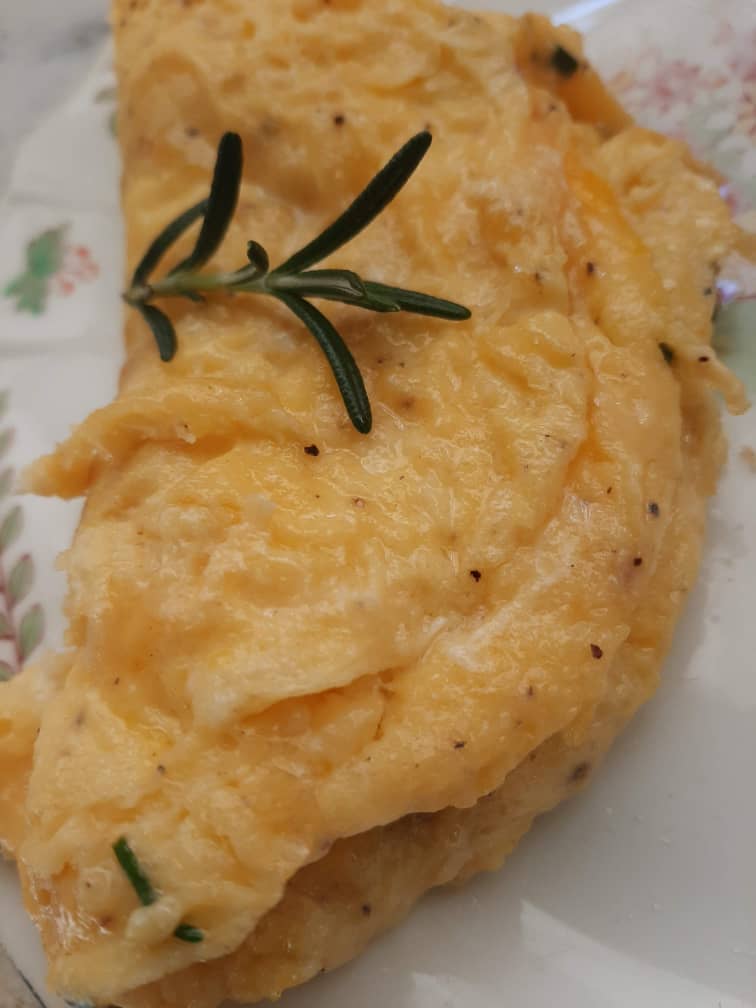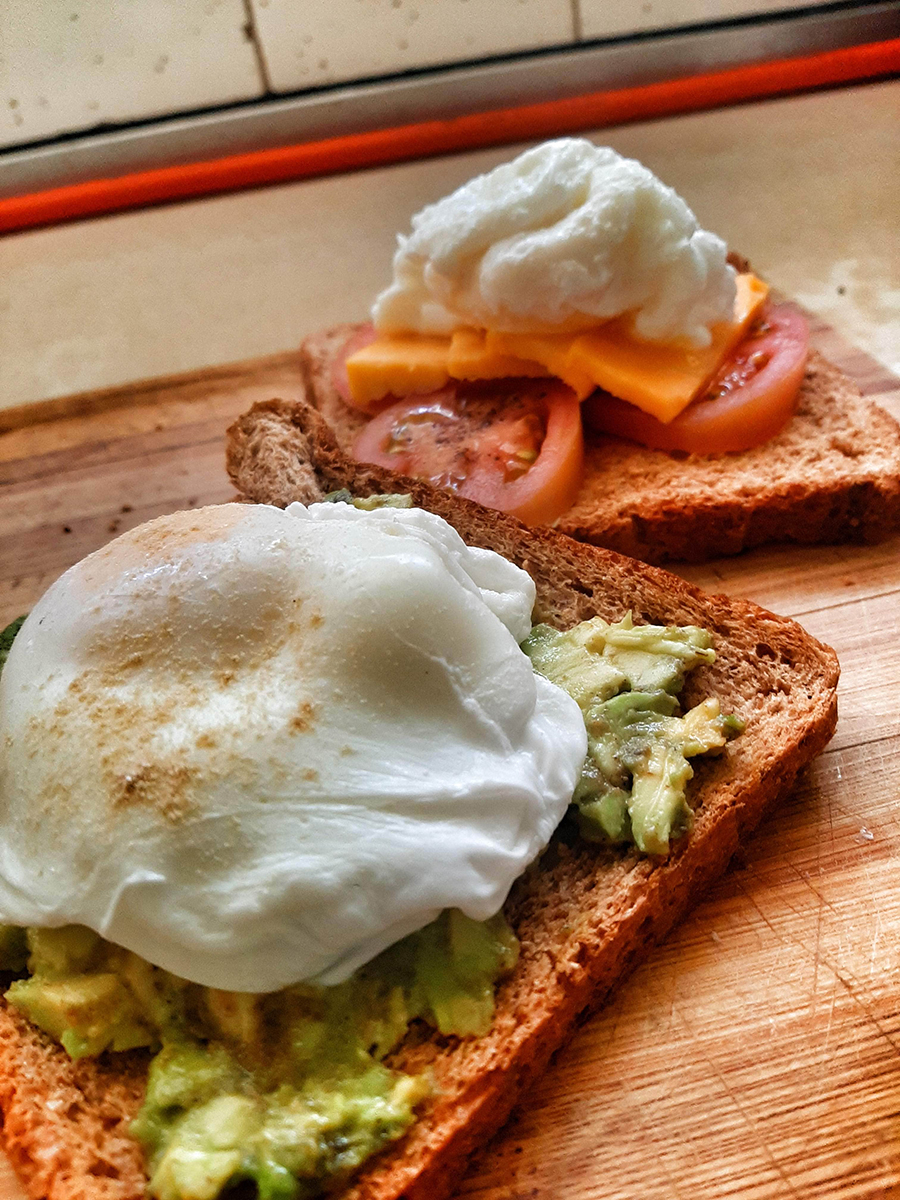No pun intended but i thought it was funny. Anyway back to the egg scene… There are many ways one can prepare an egg. It is all due to preference. It can be fried, poached, boiled ,baked, scrambled and many other ways. Please comment and share how you like your eggs done.
But first, let me share a few tips on eggs..
1. It Is One Of The Healthiest Foods On the Planet
Eggs are incredibly healthy and are a perfectly well-balanced food that contains a number of vitamins and minerals, such as calcium. Also known as “nature’s vitamin”, eggs are also well balanced so that they help nourish impoverished segments around the world because they are rich in all the essential amino acids, carotenoids, as well as vitamins A, B, and D, which help contribute to longevity, vitality, and stamina. Not only are eggs a widely popular food staple, they are also relatively low in calories and contain other essential elements, such as protein and healthy fats, which help increase and maintain muscle tone and improves cognitive function.
2. They Are Wildly Popular
The rise in the popularity of eggs has seen some steady growth throughout the year.. With the variety of ways that one can actually prepare eggs, from scrambled to hard-boiled it’s virtually impossible to get bored with them. Also, depending on where you come from, each place has their own way of cooking this dairy wonder. But if you want to know the true secret of the perfect egg, free-range is best, as they pack the best quality ingredients and taste, according to research.
3. Hens Only Lay A Certain Amount of Eggs
The amount of eggs, as well as their color, depends on the breed of the hen that lays the egg. However, a chicken’s reproductive cycle only lasts for about 24 hours and can only lay a steady supply for up to one or two years before they are considered “spent”. When a hen releases an ovary, the amount of sunlight it gets is important. The longer the sunlight that is available, the odd are greater of laying an egg . Some breeds, can lay an egg per day for a year and makes a great production breed, creating up to 350 eggs per year, while other types of chickens are more ornamental, and only output about 1 egg per year, making it a poor choice for egg production.
4. Brown Eggs Are More Expensive, But No Different Than White Egg
Although brown eggs are typically viewed as more healthy, there is no difference between them and the white variety. Brown eggs also tend to be a little more expensive, but this has nothing to do with health. In fact, brown eggs are pricier because the breeds of chickens that lay them are larger than those that lay white eggs, and because bigger breeds require more feed and upkeep, farmers typically have to spend more on them and when pricing their eggs, they compensate for their production costs, so it’s not a matter of brown being healthier, like one would apply to rice or bread, but a matter of the size of the chicken and maintaining their well-being.
5. An Egg’s Yolk Color Matters
Egg yolk colors can range from pale yellow to deep orange, which translates to a hens diet. Hens that are fed corn mashes of yellow corn, alfalfa, and leafy greens typically produce a yellow to orange yolk, while those fed grains normally produce paler yellow yolks. Sometimes yolk may even almost come out colorless. Because free-range hens are enabled to eat grass, insects and other wildlife from the natural earth, these hens will typically cultivate deeper colored egg yolks. Conventionally raised chickens, or those that are caged, will often produce lighter colored yolk due to the limited feed that is around them.
6. You’ll Probably Never See Grade B Eggs In Stores
Eggs come in three grades ,A, AA, and B. You will likely never see grade B eggs sold in stores because the consistency is relatively thin with flat yolks, with occasional blood spots. However, they are often used in commercial liquid and powdered egg products. Grade A eggs, on the other hand, are middle of the road and still offer some quality, such as reasonably firm whites, with high yolks that are free from defects, but if you really want to get more bang for your buck, go for AA, the best quality you can find, with thick and round yolks, firm egg whites and clean unbroken shells. AA-grade is also the best type to use for poaching.
Eggs are incredible and edible but it’s nice to know what really makes them so irresistible. Eggs are as diverse as your imagination will allow them to be, so try them in a variety of ways and within your favorite meals for added flavor. let us look at some tips on the different ways of preparing eggs.
Types of Fried Eggs
- Sunny-Side-Up: Fully cooked egg whites with still-runny yolks. No flipping.
- Over Easy: Fully cooked egg whites with still-runny yolks. Flipped once and cooked just until remaining egg whites set.
- Over-Medium: Fully cooked egg whites with moderately-runny yolks. Flipped once.
- Over-Hard: Fully cooked egg whites with fully cooked yolks. Yolks are typically broken first.
How to Make Perfect Soft-Boiled or Hard-Boiled Eggs:
- Soft-Boiled Eggs: Add eggs to boiling water and cook for 5-7 minutes; transfer to ice water to stop from cooking.
- Hard-Boiled Eggs: Add eggs to boiling water and cook for 7-10 minutes; transfer to ice water to stop from cooking.
It’s that simple! Give it a try and adjust the time according to your liking.
Tips for Boiling Eggs
- Try adding a bit of vinegar to the boiling water to make the eggs easier to peel.
- Transfer boiled eggs immediately to ice water to stop them from cooking.
Tips for Poaching Eggs
- Crack each egg into a ramekin first before adding to the boiling water.
- Adding a bit of vinegar to the boiling water helps the egg whites stay together.
- Swirl the boiling water around the pot to create a “whirlpool” then add your egg into the center. This helps the loose egg whites wrap around the egg as it starts to cook.
- Remove the poached eggs with a slotted spoon to allow the water to drain.
- Trim excess trailing egg whites with a knife before serving onto your dish.
Tips for Baking Eggs
- Crack an egg into a buttered 4-oz ramekin; top with heavy cream and other desired mix-ins; bake 8-10 minutes at 350-375, checking often. Optional: place ramekins in water bath.
Tips for Omelets & Frittatas
- For a 2-egg omelet, use an 8-inch skillet. For a 3-egg omelet, use a 10-inch or larger skillet. You want the eggs to be in a fairly thin layer and fill the surface of the pan so they cook consistently and evenly.
- Cook over medium heat (or lower for frittatas) to ensure the bottom does not cook too quickly.
Tips for Scrambled Eggs
- Try adding milk or cream to your eggs prior to whisking for extra fluffy eggs.




 Founder and Pastry chef of Africake Bar and lover of all confectionaries and chocolate. Graduate from Capsicum Culinary Studios , South Africa.
Founder and Pastry chef of Africake Bar and lover of all confectionaries and chocolate. Graduate from Capsicum Culinary Studios , South Africa.
0 Comments